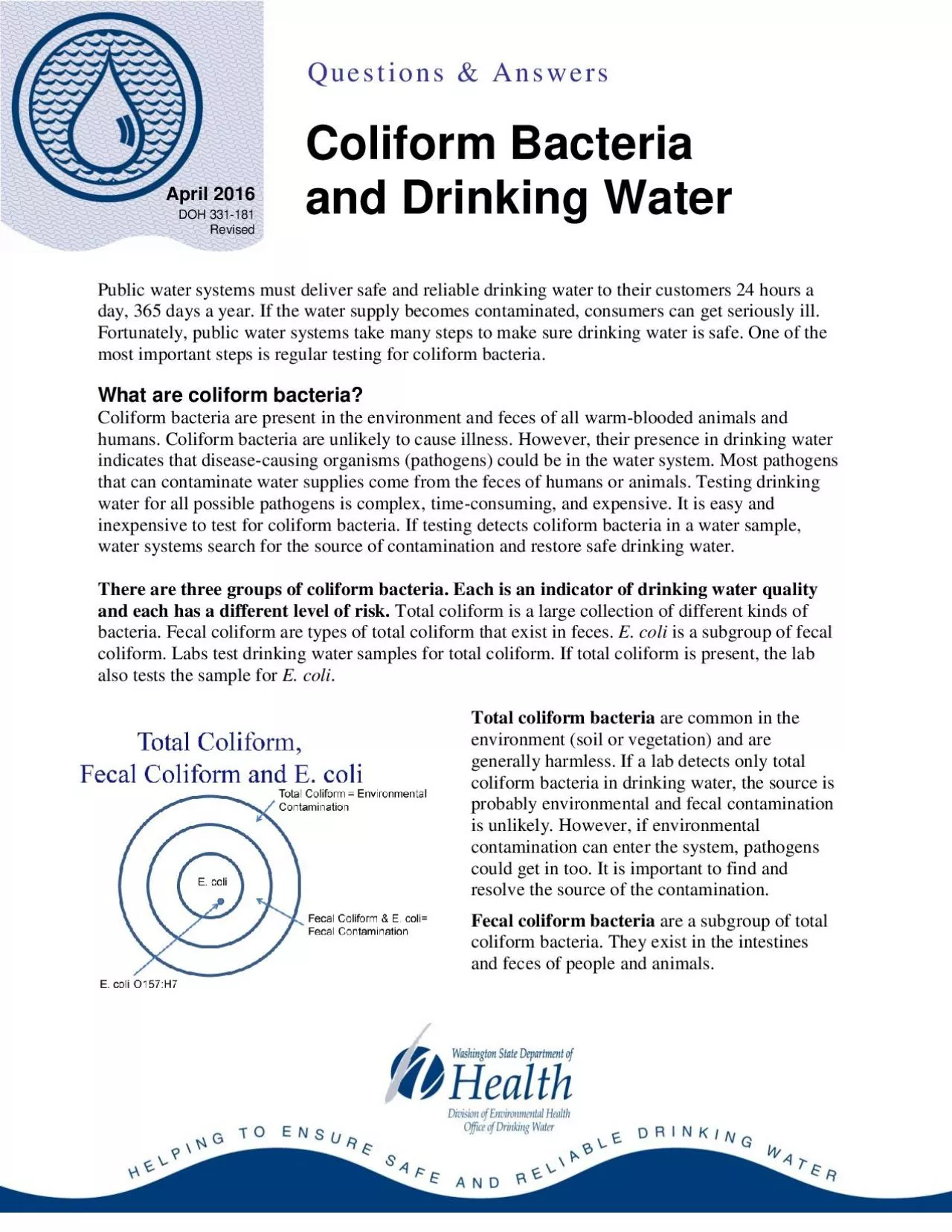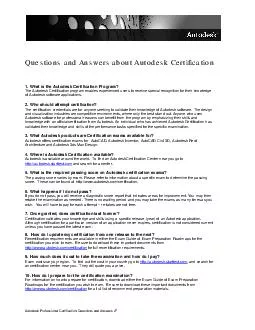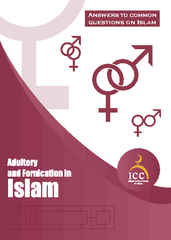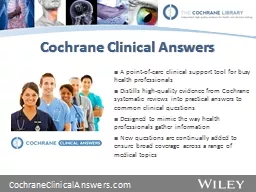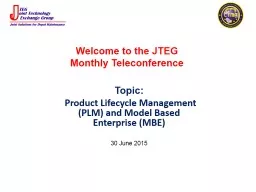PDF-Questions Answers
Author : cappi | Published Date : 2022-09-07
Public water systems must deliver safe and reliable drinking water to their customers 24 hours a day 365 days a year If the water supply becomes contaminated consumers
Presentation Embed Code
Download Presentation
Download Presentation The PPT/PDF document "Questions Answers" is the property of its rightful owner. Permission is granted to download and print the materials on this website for personal, non-commercial use only, and to display it on your personal computer provided you do not modify the materials and that you retain all copyright notices contained in the materials. By downloading content from our website, you accept the terms of this agreement.
Questions Answers: Transcript
Download Rules Of Document
"Questions Answers"The content belongs to its owner. You may download and print it for personal use, without modification, and keep all copyright notices. By downloading, you agree to these terms.
Related Documents

